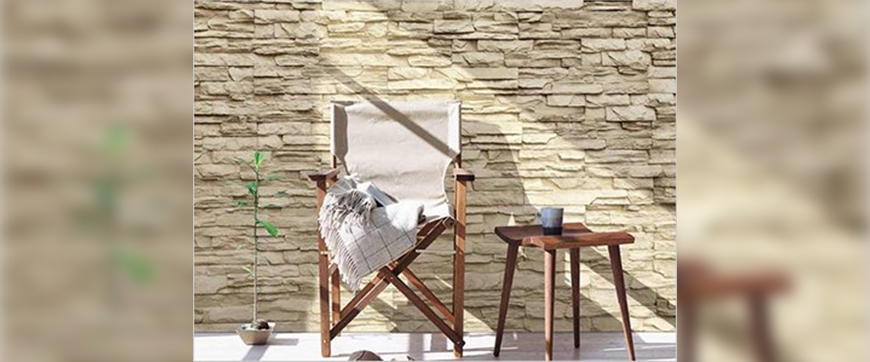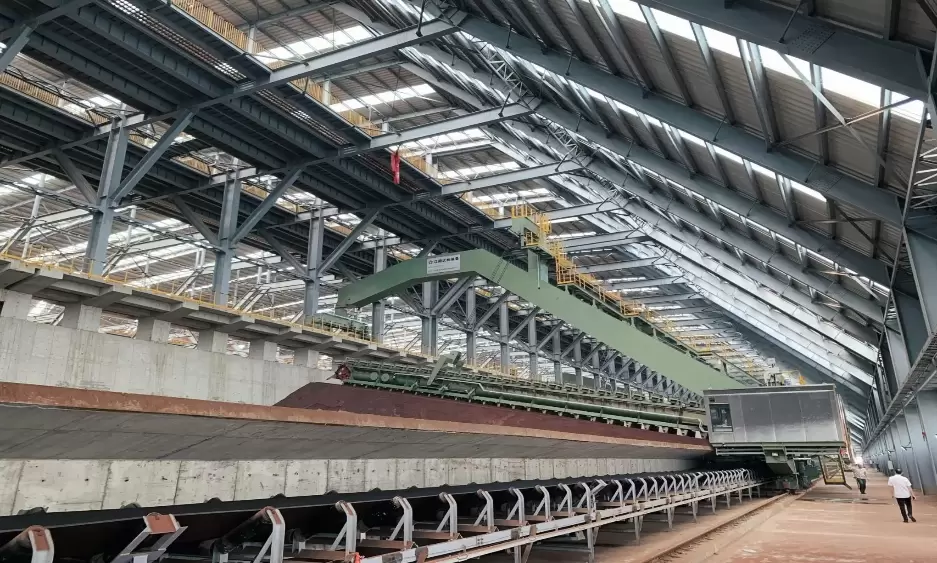Budget-Friendly Barriers: Unveiling the Least Expensive Type of Retaining Wall

Retaining walls are an essential component of landscaping, serving both aesthetic and functional purposes. They prevent soil erosion, manage water runoff, create flat spaces on slopes, and enhance the overall appeal of a property. However, the cost of constructing a retaining wall can vary significantly, depending on the materials used, the complexity of the project, and labor costs. This article aims to shed light on the least expensive type of retaining wall, providing a comprehensive guide for homeowners and builders seeking cost-effective solutions.
Types of Retaining Walls
Before delving into the most affordable option, it's crucial to understand the different types of retaining walls. These include gravity walls, cantilevered walls, sheet piling walls, and anchored walls. Each type has its unique features, advantages, and costs, making it suitable for specific situations and budgets.
Gravity walls rely on their weight to resist the pressure from the soil, making them ideal for short heights. Cantilevered walls, on the other hand, use a retaining wall design that requires less material, making them cost-effective for taller walls. Sheet piling walls are best for soft soils and tight spaces, while anchored walls provide additional strength for high loads.
The Least Expensive Type of Retaining Wall
Among these types, the gravity wall is generally the least expensive to construct, primarily because it requires fewer materials and less complex construction techniques. The most affordable material for gravity walls, and retaining walls in general, is often pressure-treated timber.
Pressure-Treated Timber Retaining Walls
Pressure-treated timber is a popular choice due to its cost-effectiveness, durability, and ease of installation. The wood undergoes a treatment process that enhances its resistance to rot, decay, and damaging insects, making it a long-lasting option for retaining walls.
Moreover, timber offers a natural aesthetic that blends well with most landscapes. It's also versatile, allowing for various designs and configurations to suit different needs and preferences.
However, while pressure-treated timber is the least expensive option upfront, it may not always be the most cost-effective in the long run. Timber walls typically have a lifespan of 15-20 years, after which they may need replacement. Therefore, homeowners should consider both initial costs and long-term maintenance and replacement costs when choosing a retaining wall material.
Conclusion
In conclusion, the least expensive type of retaining wall is typically a gravity wall made from pressure-treated timber. However, it's essential to consider factors such as the wall's intended purpose, the property's landscape, local climate conditions, and long-term maintenance costs when choosing a retaining wall. Consulting with a professional landscaper or engineer can provide valuable insights and recommendations tailored to specific needs and budgets.

